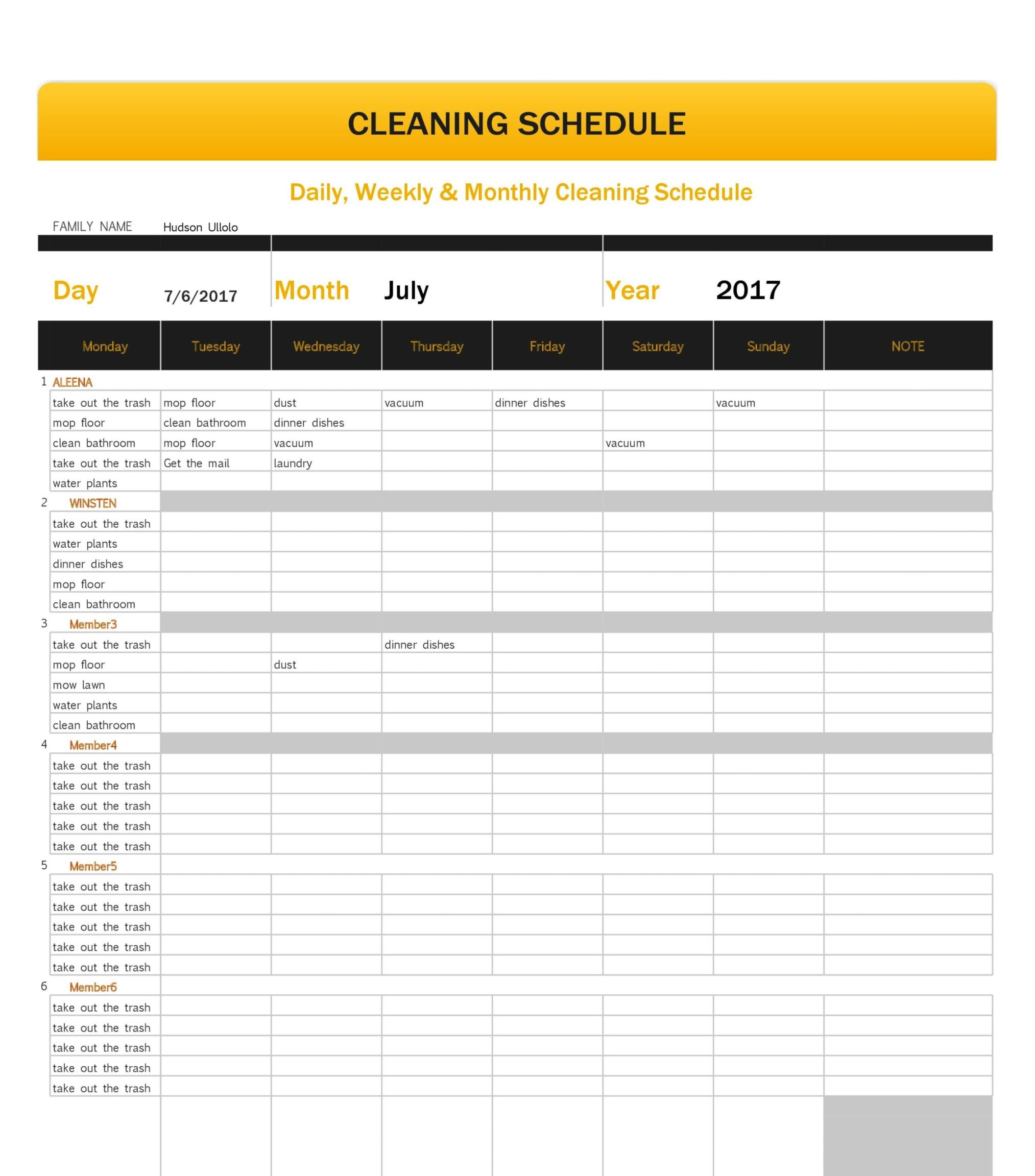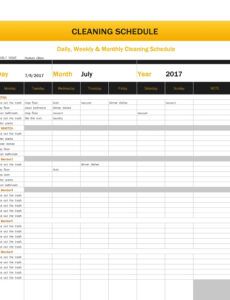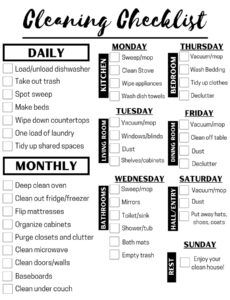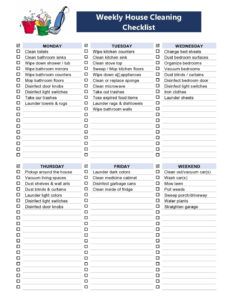Free cleaning charts templates master cleaning list template example -Have you ever felt like you’re balancing countless tasks at once, and somehow, important details get lost? It’s a common struggle. Whether it’s business tasks, food supply lists, or planning that epic vacation, managing everything can feel overwhelming. That’s where the effectiveness of a organized tracker comes in. A basic checklist can transform chaos into clarity, helping you maintain structure, attentive, and ready to tackle everything.
But who has time to design a organized outline from scratch each time? That’s where a ready-to-use checklist becomes your go-to solution. Consider it a structured plan to task management, easily modified for different tasks. Forget about facing a blank page, struggling to begin. These templates offer a ready-made structure, saving you time and cognitive load so you can focus on actually completing tasks.
From managing your to-do’s to coordinating a detailed occasion, there’s a organized checklist out there to simplify your workload. They can be minimal or detailed, online or offline, tailored to your preferences or used as-is. The value lies in their adaptability and ease of modification. So, let’s dive in and understand the wonderful world of structured formats and how they can transform the way you work and live.
The benefits of using a structured format are extensive and valuable. In addition to the significant efficiency gain, they also support increased organization, minimized mistakes, and better task execution. Imagine never having to wonder whether you’ve forgotten a crucial step in a workflow or forgotten something essential on your task planner. With a thoughtfully designed checklist, those frustrations become a thing of the past.
One of the most common uses for organized checklists is designing basic planners. These can be as minimal as writing a short reminder list to complete or as complex as a full-scale schedule with timed sections and task rankings. A thoughtfully designed daily planner can significantly enhance time management by providing a clear roadmap for the day. Think of categories such as “Work”, “Personal”, and Routine tasks, each with its own list of tasks.
Apart from structure and reliability, structured task organizers can also boost inspiration and inspire new ideas. At times, looking at a pre-structured format can give you a new perspective in a new way, helping you create better structured and effective lists. You can uncover different ways to organize tasks and use cases you never considered previously.
Pre-designed checklists are also incredibly versatile. They can be applied to virtually anything, from managing everyday responsibilities to structuring business strategies. The main idea is to find a template that aligns with your unique goals and then customize it to work with your desired format. There are templates built for project management, goal setting, food inventory, travel packing, and many additional applications. The ways to utilize them are limitless.
Since you recognize the power of list templates, the next step is to find the right one for you. The best part is that there are countless options available online, ranging from basic lists to advanced workflow planners. The essential aspect is to reflect on your individual requirements before you begin looking.
Begin by identifying the category of structured format you need. Are you searching for a routine task tracker to keep track of your recurring responsibilities? Or are you planning a big event, like a wedding or a digital campaign? Defining the extent and objective of your organized structure will help you narrow down your choices and find a structured format that’s specifically designed for that type of responsibility.
Another excellent resource is web-based design collections. Websites like design-focused sites, structured format providers, and Smartsheet provide a vast collection of expertly created formats for a wide range of functions. These pre-designed checklists often come with advanced features and customization options, helping you design visually refined and useful templates. Many of these resources provide both no-charge and upgraded designs, so you can opt for the version that works with your available funds and preferences.
Next, consider the structural setup of your checklist. What method will the data be organized visually? Would it be best to choose categorical sections, task entries, or a more free-form structure? Consider the flow of information and how you can make the template to be as intuitive as possible. Apply clear headings, uniform styles, and clean visual separation to enhance clarity.
To conclude, be open to test multiple options before you choose one. Many online resources offer no-charge options or sample templates, so you can experiment with multiple setups until you discover the best match. Remember, the purpose is to find a template that makes you feel better structured and efficient, so take your time and choose wisely.
In reality, the best way to find out your ideal approach is to test. See which format and structure helps you stay focused. Try various methods to identify which task division helps you increase efficiency. The possibilities are virtually infinite, and the advantages of staying organized and productive are well worth the effort. So take action, adopt the power of List Templates, and experience enhanced workflow.



